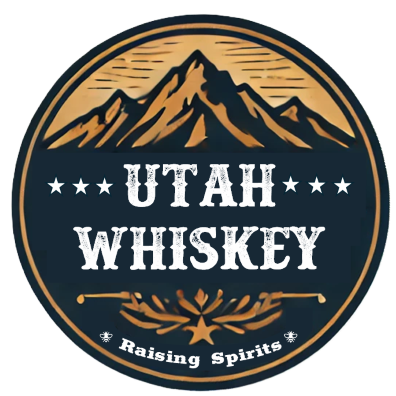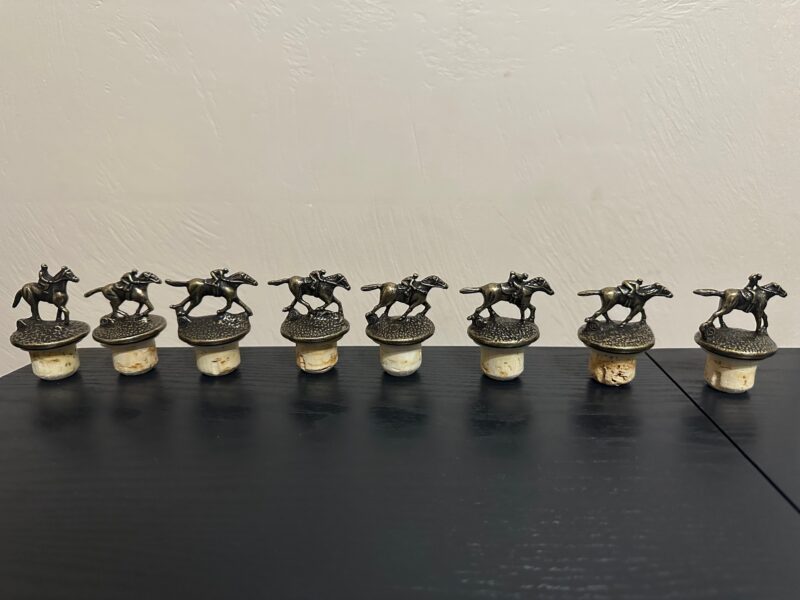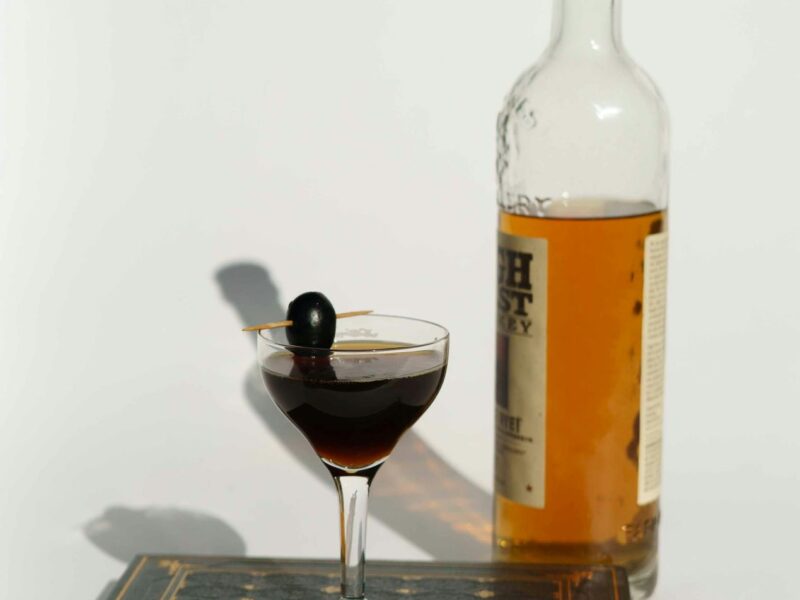Diving into the world of bourbon involves more than just enjoying the drink itself; it’s about understanding the language that surrounds this classic spirit. From tasting notes to production methods, bourbon comes with its own set of terms and abbreviations that can enhance your appreciation and knowledge. Here’s a guide to some important terminology every bourbon drinker should know.
Key Terms
1. Mash Bill
The mash bill refers to the mixture of grains used in bourbon production. By law, bourbon must contain at least 51% corn, with the remainder typically consisting of rye, barley, and sometimes wheat. The proportions of these grains significantly affect the flavor profile.
2. Proof
Proof is a measure of the alcohol content in bourbon. It is calculated as twice the alcohol by volume (ABV) percentage. For example, a bourbon with 45% ABV is 90 proof. Higher proof bourbons tend to have bolder flavors and a stronger alcohol presence.
3. Barrel Proof / Cask Strength
Barrel proof or cask strength refers to bourbon that is bottled directly from the barrel without dilution. These bourbons maintain the original alcohol content and flavors developed during aging, offering a more intense drinking experience.
4. Straight Bourbon
Straight bourbon is aged for a minimum of two years and contains no added flavorings or colorings. If it’s aged less than four years, the age must be stated on the label. This designation guarantees a certain level of quality and authenticity.
5. Small Batch
Small batch bourbon is produced by blending a limited number of selected barrels. While there’s no official definition regarding the number of barrels, small batch bourbons are crafted to achieve a specific flavor profile.
6. Single Barrel
Single barrel bourbon is bottled from a single, carefully selected barrel rather than being blended from multiple barrels. Each bottle from a single barrel will have unique characteristics, reflecting the individuality of that particular barrel.
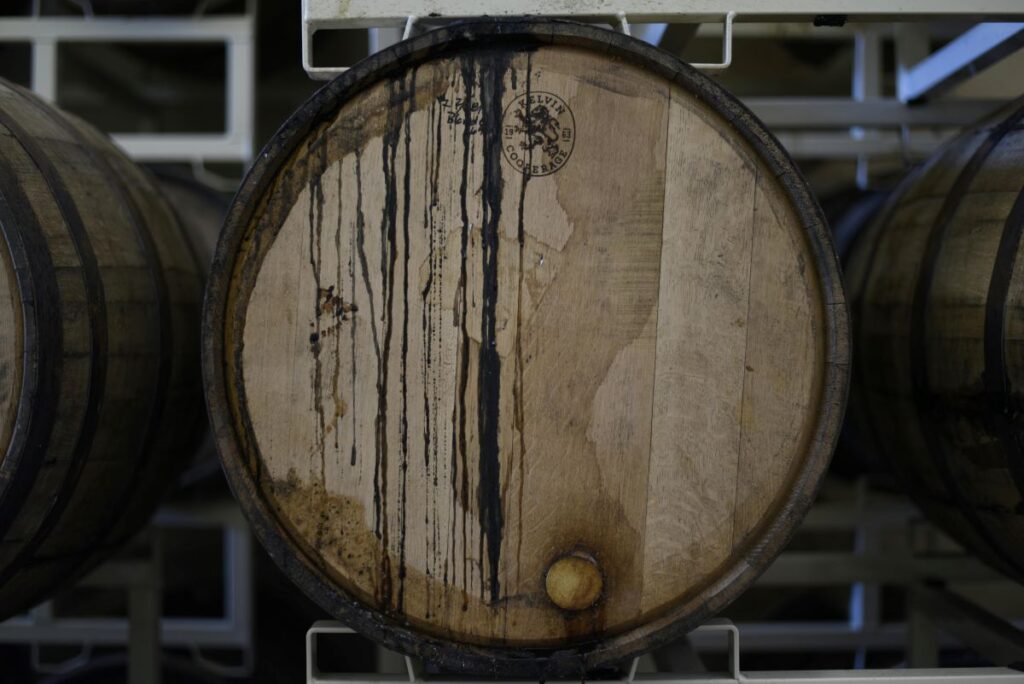
7. Angel’s Share
During the aging process, a portion of the bourbon evaporates through the barrel, which is known as the angel’s share. This natural evaporation contributes to the concentration of flavors in the remaining liquid.
8. Rye
Rye is a grain commonly used in bourbon’s mash bill, adding a spicy and peppery character to the flavor profile. Bourbons with a high rye content often have a more complex and robust taste.
9. Wheated Bourbon
Wheated bourbon uses wheat instead of rye as the secondary grain in the mash bill. This substitution results in a softer, sweeter flavor profile with notes of honey and fruit.
10. Finish (Tasting)
The finish refers to the flavors and sensations experienced after swallowing the bourbon. A long finish indicates lingering flavors, while a short finish means the taste dissipates quickly.
11. Finishing
in whiskey refers to the process of transferring a distilled spirit from its original maturation cask to another cask for an additional period of aging. This secondary aging process imparts additional flavors and complexity to the whiskey, enhancing its profile with the unique characteristics of the finishing cask.
12. Whiskey
Whiskey, also spelled whisky in certain regions, is a distilled alcoholic beverage made from fermented grain mash. The grains used can include barley, corn, rye, and wheat.
13. Bourbon
Bourbon is a distinct type of American whiskey known for its rich, sweet, and full-bodied flavor profile. Legally defined by specific production standards, bourbon must be made from a grain mash that is at least 51% corn, distilled to no more than 160 proof, and aged in new charred oak barrels.
14. Tennessee Whiskey
Tennessee whiskey is a distinct type of American whiskey that shares many similarities with bourbon but also has unique characteristics and production processes that set it apart. Tennessee whiskey must be produced in the state of Tennessee and involves the Lincoln County Process.
15. Lincoln County Process
the Lincoln County Process, which involves filtering the whiskey through charcoal before aging. This step is designed to mellow the spirit and remove impurities, giving Tennessee whiskey its characteristic smoothness. The charcoal is usually made from sugar maple wood.
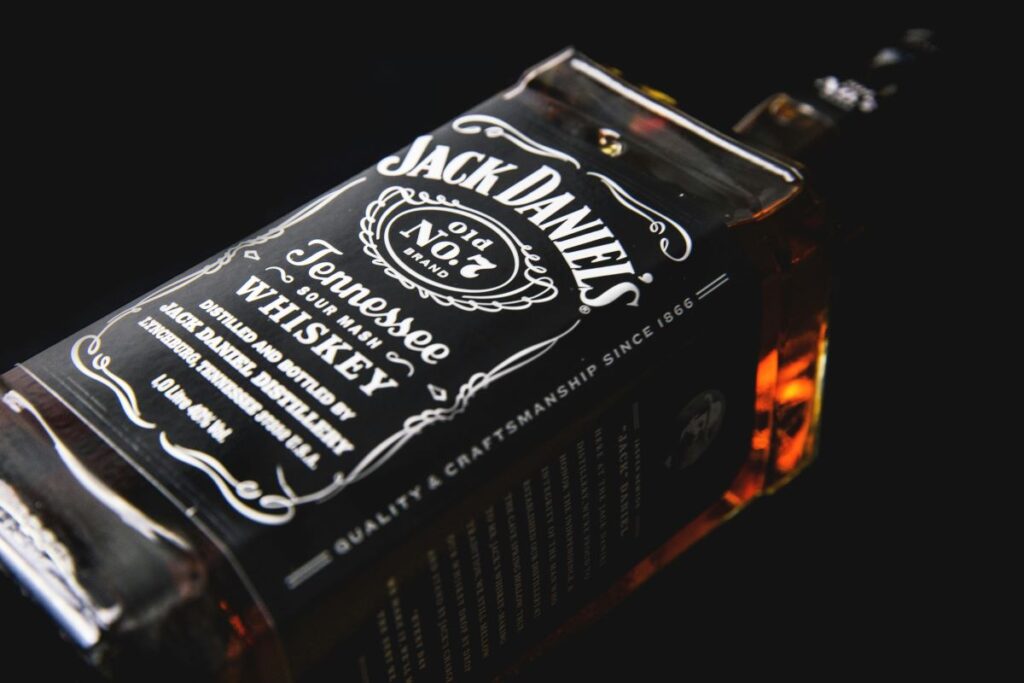
Common Abbreviations
1. ABV
ABV stands for Alcohol by Volume, indicating the percentage of alcohol in the bourbon. It is a key factor in determining the proof and strength of the spirit.
2. BIB
BIB stands for Bottled in Bond, a designation for bourbon that meets specific legal requirements. BIB bourbons are the product of a single distillation season, aged for at least four years, and bottled at 100 proof.
3. NAS
NAS stands for No Age Statement, indicating that the bourbon does not specify its age on the label. This means it can contain a blend of bourbons of varying ages.
4. MGP
MGP stands for Midwest Grain Products, a large distillery located in Lawrenceburg, Indiana. MGP is well-known in the whiskey industry for producing a wide range of spirits, including bourbon and rye whiskey, that are sold to other brands and independent bottlers.
5. TBT
TBT stands for “Taste, Balance, and Texture,” a method used by enthusiasts and experts to evaluate the overall quality of a bourbon, focusing on its taste profile, balance of flavors, and mouthfeel.
6. NDP
Non-Distiller Producer – This term refers to companies or brands that sell bourbon but do not actually distill the spirit themselves. Instead, NDPs source bourbon from other distilleries, often purchasing it in bulk or as pre-aged whiskey, and then bottle it under their own labels.
7. OBSV / OBSK / OESV / OESK
These are recipe codes used by Four Roses Distillery to identify their ten unique bourbon recipes. The first letter represents the distillery, the second indicates the mash bill, and the third represents the yeast strain used. For example, OBSV is a high-rye mash bill with a delicate fruit and spicy yeast strain.
Summary
Understanding the terms and abbreviations used in the bourbon world can significantly enhance your appreciation of this rich and complex spirit. Whether you’re exploring new bottles or discussing your favorite bourbons with fellow enthusiasts, this knowledge will help you navigate the diverse landscape of bourbon with confidence. Cheers to expanding your bourbon vocabulary and enjoying the journey of discovery!
